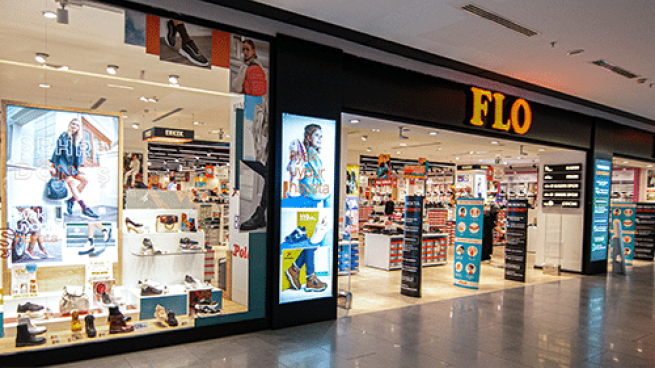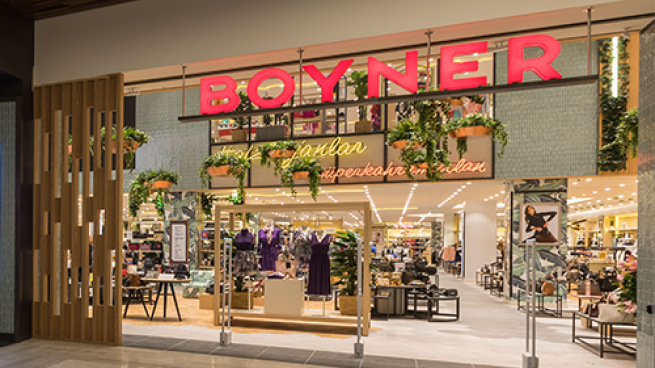3 Major Challenges for Omnichannel Retail Inventory Planning
For many years, the single-channel brick-and-mortar retail model meant that supply chain processes were fairly straightforward. Occasionally, things might go slightly wrong, such as a store being out of stock of the shoes your customer wanted in her/his size. In that case, generally, the retailer would lose the sale.
In the omnichannel retail world, things are much more complicated. Today when a customer buys shoes online, their order can be fulfilled from a central warehouse, a dedicated fulfillment center, or a local store that caters exclusively to online shopping. The customer may want the shoes to be delivered to their home or office. They can also choose to send them as a gift to another address or collect them from their preferred store.
Now, it is vital to give customers what they want, when they want it, and where they want it. Yet this level of customer-centricity is placing huge pressure on retailers, as they have to ensure their supply chains can deliver the promises they make.
Here are 3 of the main challenges retailers face in adapting their inventory planning processes to win in this new omnichannel world.
- Accurately forecasting omni-demand
Identifying and forecasting omnichannel demand is no easy task. Hundreds of factors determine the inventory needed for each store or warehouse. Some events have predictable timings and can be planned in advance, such as Christmas or Black Friday. But some other events are more difficult to predict.
On the other hand, more retailers realizing that predicting physical store sales is no longer enough. They need to consider the effect of inventory transactions such as BOPIS (Buy Online Pick-Up In-Store) or home delivery from the store. While considering these, they should also pay attention to the timing gap between the sales order and fulfillment order.
- Serial returners
When customers buy online, they are much more likely to return items. According to recent Barclaycard research, around 30% of online shoppers deliberately over-purchase and subsequently return unwanted items. Another 19% also admitted to ordering multiple versions of the same item (in different sizes or colors), so they could make their mind up when they’re delivered. Therefore, it’s important to consider an increasing return ratio as a critical factor in forecasting and inventory planning both at stores and DCs.
- Defining and accounting for lost sales
The way retailers define lost sales in an omnichannel environment continues to evolve and has many implications. In the old world of retail, unavailability was calculated as lost sales by taking into account factors such as the day of the week and substitute goods.
Today, if a customer wants to buy a new pair of shoes, but their favorite footwear store has run out of the size, they still can place the order from an “Endless Aisle” to be delivered to their home. However, depending on the delivery time, the lost sales probability changes. So, how should this situation be interpreted and taken into consideration for managing inventory and replenishment decisions?
Rethinking the role of the stores to improve omnichannel fulfillment performance helps retailers to use their inventory more efficiently and reduce lost sales. It also helps to deliver more convenient shopping experiences. A global footwear retailer from Europe is a great example of that. The retailer uses iPads at the stores to help its customers explore the company’s full assortment. With the iPads, customers can place orders online for the desired products at the stores. As a result, iPad orders lead to a purchase in about 30% of the events in which a size was missing. It also contributes about 5% of the store sales.
As another example, an online order that’s fulfilled from a local store may not be packaged with the necessary care and attention. According to a study, just one poor customer experience is likely to push 89% of customers to start doing business with a competitor. Dissatisfied customers are likely to tell their bad experience to others and which can eventually cause a low Net Promoter Score of the retailer. So, how should this Net Promoter Score taken into consideration in inventory planning and supply chain decisions?
All these scenarios, and the extensive customer-centricity that drives them, pose significant inventory planning challenges for retailers. Yet, defining the impact of multiple events, determining how they will affect future demand, ensuring efficient omni-channel planning are essential to delivering on customer experience promises and supply chain efficiency.
Inventory optimization takes the center stage
To meet these expectations of the omni-customers, retailers need to create new planning and fulfillment methods to enable convenient, predictive, and cost-effective deliveries to their customers, and ensure inventory planning is profit optimal. Embracing and implementingAI-powered inventory optimization solution such as Invent Analytics’ Omni-Plan, is at the heart of this new world supply chain operations.
An AI-powered, omni-channel replenishment solution will help retailers to assess and predict customer demand and integrate omnichannel fulfillment with store and DC inventory management. Through continuous learning, AI can also enable proactive, flexible and optimal inventory planning in response to evolving demand patterns at an individual store or DC level.
As the world starts to recover from Covid-19, the retail industry will need to evolve and become more customer-centric. That means inventory optimization will take center stage. It is no longer simply an enabler; it is a key business process that will determine who will (and who won’t) build a competitive advantage through a differentiated retail customer experience.






